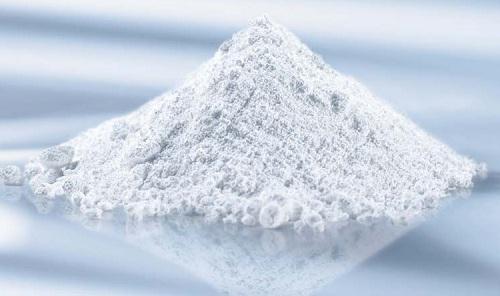Nano calcium carbonate surface modification effect

The evaluation of modification effect is an essential link in the modification process. Some conjectures can be verified by some detection methods, and the modification process can be adjusted and optimized by analyzing its influencing factors to improve the performance of nano-calcium carbonate.
There are mainly two traditional evaluation methods, one is to directly detect and evaluate the modified sample, and the other is to make the modified sample into a composite material to investigate the performance improvement effect of the composite material due to modification. In comparison, direct evaluation is fast and efficient.
1. Activation index and oil absorption value
Activation index and oil absorption value are commonly used evaluation indicators for the modification effect of nano-calcium carbonate. The activation index can be used to evaluate the hydrophobic effect of nano-calcium carbonate after surface modification, and the oil absorption value refers to the oil consumption of nano-calcium carbonate in application. Generally speaking, the higher the activation index and the lower the oil absorption value, the better the modification effect.
2. Hydrophobicity
Hydrophobicity is an important evaluation index of nano-calcium carbonate, and it is also a research hotspot in the modification of nano-calcium carbonate. The static contact angle can be used to characterize the hydrophobicity of nano-calcium carbonate. The type of modifier has a significant impact on the hydrophobicity of modified nano-calcium carbonate. Stearic acid, silane coupling agent, oleic acid, titanate coupling agent, etc. are commonly used hydrophobic modifiers. During the surface modification process, these modifiers are gradually attached to the surface of the particles, thereby reducing the surface energy of the nano-calcium carbonate particles.
3. Coating amount and coating rate
By detecting the coating amount and coating rate, the coating situation of nano-calcium carbonate can be understood, which is of great help to the study of the modification mechanism and the evaluation of the modification effect. Usually, according to the decomposition temperature or volatilization temperature of different substances, the modified nano-calcium carbonate can be subjected to thermogravimetric analysis to obtain the coating amount of the modifier, and then the coating ratio can be obtained.
In addition, some researchers have constructed a corresponding coating model through the study of the modifier mechanism, thereby calculating the theoretical coating amount or coating rate, and understanding the coating situation by comparing it with the actual coating amount or coating rate. , and also provides a practical basis for the study of the modification mechanism.
4. Particle size and shape
The particle size and morphology of nano-calcium carbonate mainly depend on its preparation process. Therefore, in the process of in-situ modification, process conditions such as liquid phase concentration, stirring rate, temperature, and the type and concentration of modifiers will affect the nano-calcium carbonate. By controlling the nucleation, crystallization and growth of these factors, nano-calcium carbonate with different shapes and sizes can be prepared.
5. Whiteness
For coatings, papermaking, rubber, plastics and other industries, whiteness is an important indicator for evaluating nano calcium carbonate. The whiteness of modified nano-calcium carbonate is not only related to the choice of modifier, but also related to moisture, drying temperature and drying time. Generally, the longer the drying time, the higher the temperature and the less moisture, the The higher the whiteness.
6. Dispersion
Nano-calcium carbonate can be widely used as a filler in rubber, plastic, paper and other industries. Therefore, the dispersion of nano-calcium carbonate in the organism is also an important evaluation index. By scanning the filled organism with an electron microscope, it can be visually observed Distribution of nano calcium carbonate. In addition to the performance and modification effect of nano-calcium carbonate itself, its filling amount is also an important factor affecting the dispersion.
